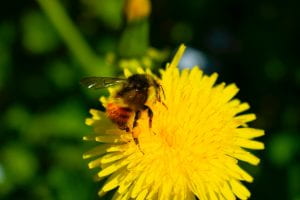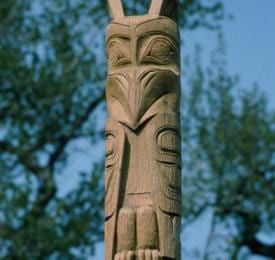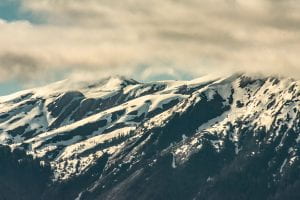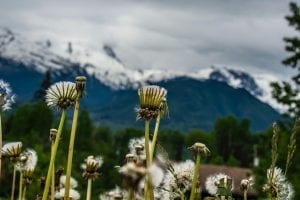These past couple of months have been an what some people would call a grind. We have had so much going on, an not a lot of time to be able to properly reflect on it. In these next two blogposts, I am going to be looking back at the amazing projects we just finished. I will cover The biggest learning moments from the Circle BC Field study, my learning process that helped me research, brainstorm my artifact, and launch my ideas into what they have become today.
Next I will focus on the Circle BC podcast, and the scriptwriting and music producing that came with it. Finally I will talk about the exhibition, planning the room, working with my quadrant, how I came up with my idea and what I took away from the trip. The Circle BC Field Study has by far been one of the best if not the best field study that I have ever participated in. I has been an incredibly eye opening experience, and I cant wait to share with you my learning from these last few months.
My class and I embarked on a twelve day field study, traveling all the way from Vancouver to the Nass valley and back again. Each day we visited many different stops following our three trends of learning, first peoples studies, the caribou gold rush, and industry in BC. Each of these stops have helped me to pinpoint the answer to our inquiry question,
“How can I convince my neighbour that their life is not complete until they have experienced what I’ve experienced?”
Every stop that we visited has influenced my worldview, and my position on our trends of learning. I could not imagine a world were I would be the same person I am today, without this trip.
When we left Seycove, I didn’t know how I was going to answer this inquiry question. Even though I knew that this trip would cover some important topics, I didn’t want to commit to a specific topic. As the trip progressed up to mid BC the project plans changed and I found my self considering a whole new topic. I realized that instead of focussing on the experience in the Inquiry Question I could focus on the convincing method.
I later realized that the best way to start to think about this would be by putting my self in the position of the neighbour because somehow they would have to experience this ‘experience’ through some sort of verbal communication.
When I interviewed an executive at the Port of Prince Rupert Authoritative Centre, the interviewee expressed that there really was no correct answer to this question, since there was no way to properly convey an experience. Soon after I realized that I had to switch from convincing methods to relativity/memorization methods.
This is also when I realized my topic should be based around how “Beauty can be redefined to capture the essence of an experience”. One example that really pioneered this idea was experiencing all of the totem poles created by the Nisga’a and Tshimshaim nations. I realized that in general “Beauty” is thought of as being skin deep, but after this experience I realized that even though this is just a long wooden pole I still feel that incredible connection and admiration towards this as though was aesthetically pleasing.
I came to the conclusion that the reason these totem poles are beautiful even when they are not always visibly pleasing, is because of my understanding of their rich culture and history. I think with an understanding of history and culture, one would be able to convey an experience through words. Even if the “neighbors” in this case cannot create a mental image similar to the one that I was able to see, they still will be able to understand the beauty, bringing them closer to the actual experience.
Traveling through Prince Rupert I learned that most of the tshimshaim totem poles were taken during colonization so in museums like the museum of northern British Columbia would showcase nisga’a totem poles instead. I also learned that totem poles tell intricate story’s, life lessons, and historical facts about older times. In many First Nation cultures it is impolite to explain another bands totem pole because it is as they say “not your story to tell.”
In hindsight this trip has really helped me understand why it is so hard to share experiences with others. I think If you learn the history behind your experiences, you can better explain the beauty leading the “Neighbour” to create a stronger mental image, and overall be able to relate to the emotion you experienced. I concluded that you can use this skill by making sure to include the history and culture in your explanation as well as a visual interpretation.
Now, even though this trip was incredibly educational and filled with content, I also want to focus on the different skills I learned, because some of these skills will definitely help me out later in life. Some of the skills I learned during this trip were to always be in a work mode, always be jotting down notes and always be recording ideas and audio clips for the podcast. In this situation, you always want to be open to new information. This way you can have just a big amount of knowledge that you can put to use when to create your final project. This trip has really been an eye opening experience, and has been a really highly of the year for me. In my next blog post I cover the Projects we created on the trip and after the trip, including my final exhibition.








